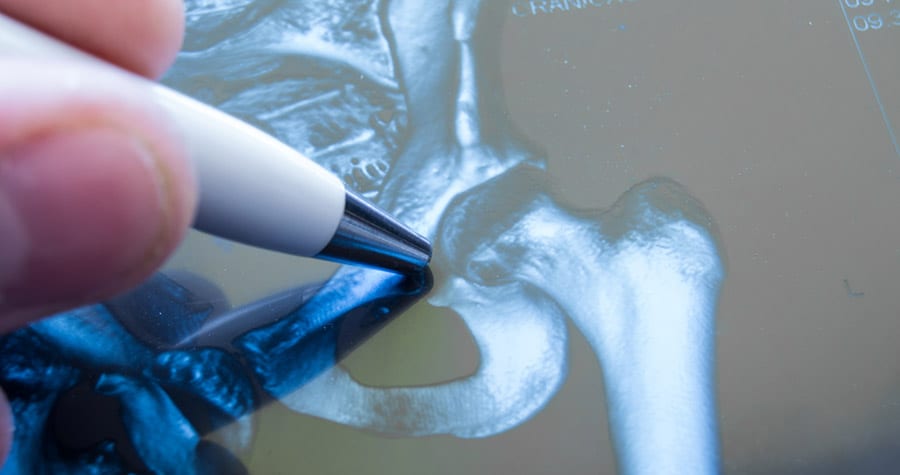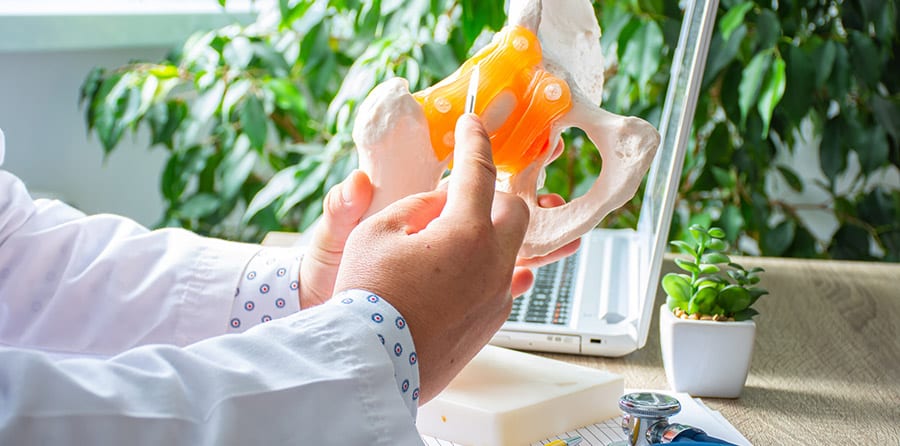
Scoliosis in Adolescents
Most adolescents go through puberty without any complications or prolonged side effects. In less common instances, however, children can develop a spinal condition called scoliosis. Learn what scoliosis is and how doctors address this condition in children today.
What is Scoliosis?
Scoliosis is a curvature of the spine that typically occurs as a child goes through puberty. The curvature can be minor and minimally noticeable. It can also be severe and cause long-lasting damages and pose significant risks to a child’s health.
Doctors have identified several possible factors that contribute to or directly cause scoliosis. Some of factors that are linked to the development of this spinal curvature include:
- Genetics or family history of scoliosis
- Cerebral palsy
- Muscular dystrophy
- Injury to the spine
- Spinal infection
- Tumors
The cause of scoliosis determines what symptoms it presents in a child and in what manner it is treated.
Symptoms of Scoliosis
Scoliosis presents itself with an array of symptoms from which your own child may or may not suffer. The most prominent sign of scoliosis aside from the noticeable curvature of the spine is uneven shoulders. If your child’s shoulders are uneven or he or she has a shoulder blade that is more prominent on one side than the other, he or she may have scoliosis.
Other symptoms of scoliosis include:
- Uneven waistline
- A hip that is higher on one side than the other
- Rotation of the spine
- Ribs that stick out more prominently on one side than the other
The severity of the symptoms can indicate possible complications of this condition. Severe cases of scoliosis can lead to health risks like reduced lung capacity, heart and lung damage, and chronic severe back pain.
Scoliosis Treatment
Doctors use several methods to treat scoliosis in teenagers and young adults. Minor cases can be managed with routine examinations and x-rays to ensure the halt of the condition as puberty comes to an end.
Severe cases may require that your child wears a brace or undergoes surgery to halt the further curving of the spine. The surgery may also entail fusion of the vertebrae so that your child may regain the ability to walk normally. Spinal fusion may also be necessary to prevent a hunched over appearance.







